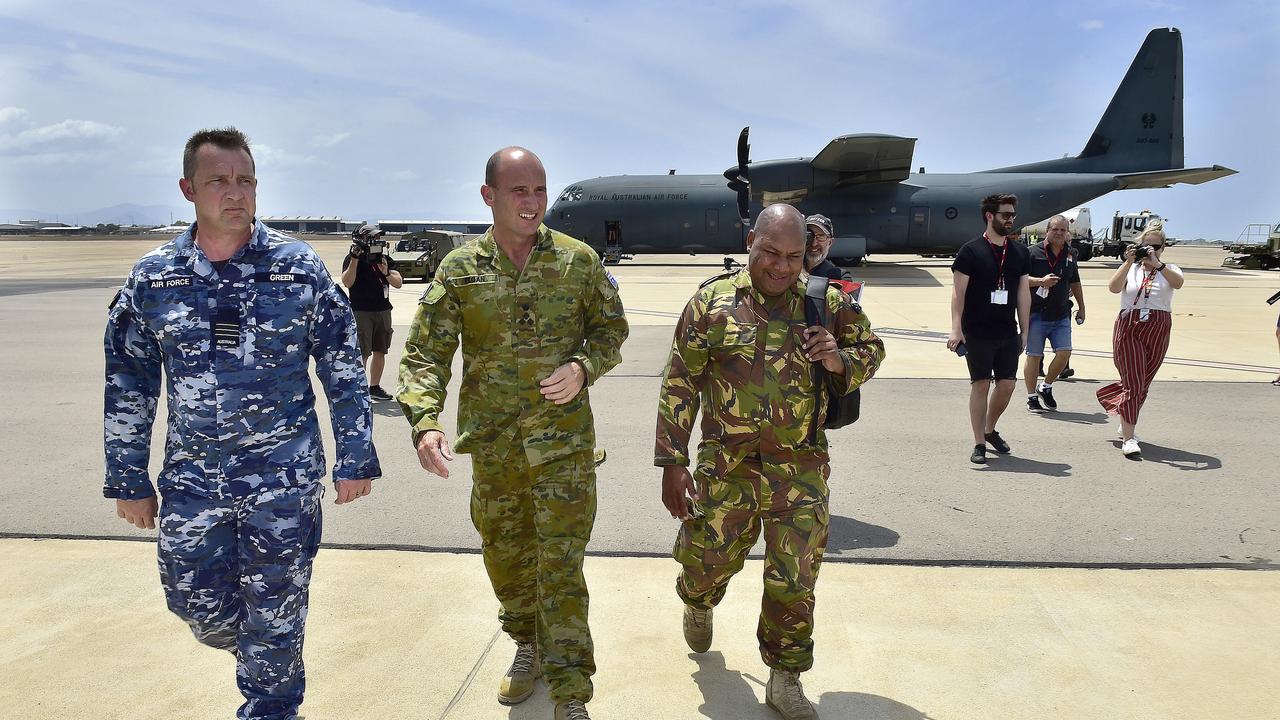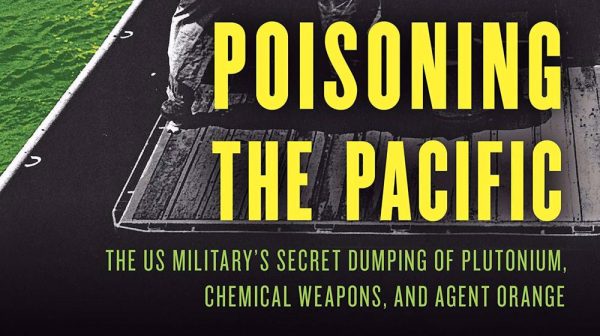ACTION: Tell Congress and the President
To Keep US Troops Out of Papua New Guinea
World BEYOND War
Where US bases have been established,
they have led to more wars.
The solution is not more bases
Keep US Troops Out of Papua New Guinea
To: US Congress and President
The Constitution of the sovereign nation of Papua New Guinea, now 48 years old, prohibits the entry into Papua New Guinea of any foreign military force. No domestic legislation in Papua New Guinea has implemented the agreements that the government has made with the United States to allow US troops to enter.
The people of Papua New Guinea — and of the world — reject the excuse of a Chinese threat that is being used by the United States to justify its imperial expansion into Papua New Guinea — and the world.
Logic rejects the idea that such military expansion could be engaged in for the sake of democracy without the support of the people of Papua New Guinea.
We urge you to abandon plans for the deployment of US military forces and any naval base or other military installation in Papua New Guinea.
We also implore you to recognize and act on Papua New Guinea and Pacific Island Countries’ outstanding claims for long-overdue compensation for environmental destruction resulting from US military operations during World War II, including the debris that still congests the coastal seaways and oceans.
ACTION: Sign the Petition.
How the Pentagon Has Been Poisoning the Pacific
Jon Mitchell / Talk Nation Radio
This week on Talk Nation Radio: “The Poisoning of the Pacific” and who the worst culprit is. Joining us from Tokyo is Jon Mitchell, a British journalist and author based in Japan. In 2015, he was awarded the Foreign Correspondents’ Club of Japan’s Freedom of the Press Lifetime Achievement Award for his investigations into human rights issues on Okinawa. His latest book, Poisoning the Pacific, reveals the environmental damage caused by decades of US military operations.

The Toxic Legacy of the US Military in the Pacific
(April 27, 2021) — In 1962, US commanders ordered a Marine named Don Heathcote to spray chemicals in the Okinawan jungle near his base as part of a series of biological warfare tests secretly carried out by the Pentagon during the Cold War.
Years later, Heathcote told a reporter that he did so without safety equipment and that while the herbicide killed the vegetation, it also damaged his health. “They diagnosed me with bronchitis and sinusitis connected to chemical exposure,” Heathcote said. Gerald Mohler, another Marine, was told to camp in the area, and said he later suffered from chronic breathing problems and neurological damage. “Were we Marines used as guinea pigs on Okinawa?” he asked the same reporter. “I think so.”
Jon Mitchell, the investigative reporter for the Okinawa Times who interviewed Heathcote and Mohler, has spent years documenting the Pentagon’s brazen use of the Pacific as a testing site and dumping ground for dangerous weapons. “Wherever the United States military goes, it contaminates and damages the environment and human health,” he told me.
He warns that the proposed US military expansion in the Asia-Pacific—its largest since the Vietnam War—will aggravate an environmental disaster caused by 75 years of American wars and intervention. “The Pacific islands have been militarized since World War II by the American military and are now the edge of the American Empire,” he said. “They suffered in the past and will inevitably suffer in the future.”
Mitchell’s recent book Poisoning the Pacific: The US Military’s Secret Dumping of Plutonium, Chemical Weapons, and Agent Orange, explores this largely unknown legacy. Based on hundreds of declassified US documents obtained under the Freedom of Information Act and interviews with US veterans and whistleblowers, it documents the Pentagon’s use, testing, and storage of chemical, nuclear, and other weapons of mass destruction (WMD) in the Pacific and the disastrous impact of its flawed handling and storage of such weapons.
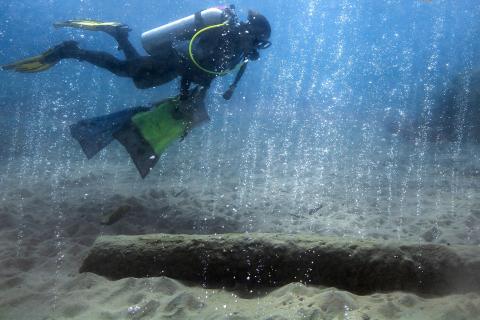
Mitchell is originally from Wales and lives in Yokohama. At a time when think tanks are pressing for increased US military presence in the Pacific, his stories of the damage inflicted on Pacific islanders and US veterans should be required reading for every foreign policy wonk in Washington, D.C.
“For decades, US military operations have been contaminating the Pacific region with toxic substances, including plutonium, dioxin, and VX nerve agent,” Mitchell explains in his introduction. “Hundreds of thousands of service members, their families, and residents have been exposed—but the United States has hidden the damage and refused to help victims.”
he dangerous lurch toward military confrontation in Asia underscores Mitchell’s concerns. The US Indo-Pacific Command recently unveiled to Congress that it is seeking $27 billion in additional spending to station additional troops and weapons to counter what it says is a growing military threat from China.
The plans, which also draw on $4.6 billion appropriated by Congress for its Pacific Deterrence Initiative, include a precision strike missile network on the “island chain” running from Okinawa to the Philippines, the first US Marine base in the Pacific since the Korean War, a missile defense system on Guam, and a radar system on Palau in the Marshall Islands. The Pentagon is also seeking funds to “reorganize” the 27,000 Marines based in the Pacific region into small units in Guam, Japan, and Hawaii that can operate inside the range of Chinese rockets.
US Militarism in the Pacific
The harm that could follow from this expansion can be seen in Okinawa, the focus of much of Mitchell’s book. It h0uses 70 percent of the total number of US bases in Japan, where 50,000 American soldiers make up the Pentagon’s largest overseas contingent. Through his tenacious reporting, Mitchell has uncovered story after story about the use and misuse of WMDs on the island prefecture, which was occupied by the US military after the bloody battle for Okinawa in 1945 and handed back to Japan in 1972.
In 2011, Mitchell was the first reporter to interview US Air Force technicians on Okinawa in charge of the storage of nuclear weapons, which included over 1,200 warheads at Kadena and Naha Air Force Bases as well as at US Army ammunition dumps in Chibana and Henoko. He also broke stories about the US testing of biological weapons and its storage and transshipment of Agent Orange—the defoliant used over Vietnam—on Okinawa.
He wrote in his book that all the Air Force technicians he spoke to “agreed that the presence of nuclear weapons on Okinawa made it a key target in a preemptive or a retaliatory strike; one of the veterans described Okinawans as ‘human shields.’” Until that research, “nobody understood that Okinawa has a central part in US WMD testing, usage, and storage throughout the Pacific,” Mitchell told me.
His reporting extends beyond the Cold War. Mitchell uncovered the US military’s accidental use of depleted uranium rounds at an Okinawan live-fire range in 1995 and 1996, its dump of radioactive waste into sewers beneath US bases in mainland Japan in 2011, and hundreds of recent environmental accidents at US bases on Okinawa that were not reported to Japanese authorities.
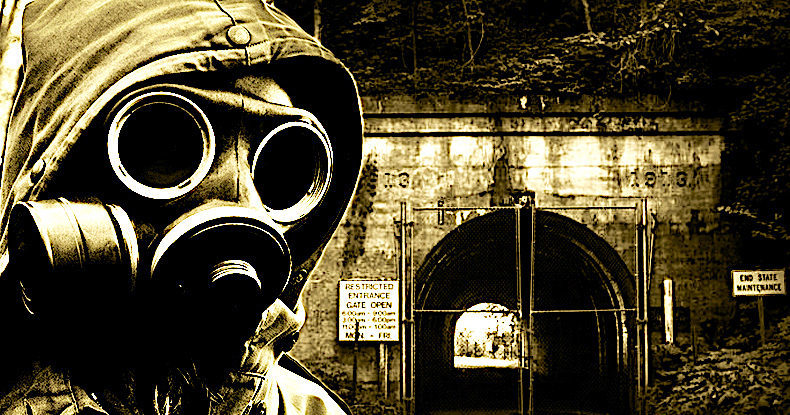
His book also describes years of high-decibel noise pollution from the American jets flying near residential areas in Okinawa. Such long-term exposure is a serious health risk that can cause heart problems, disrupt sleep patterns, and damage cognitive skills in children. One Japanese university study estimated that noise from Kadena was responsible for an average of 10 deaths a year, with 17,000 people suffering from disturbed sleep.
The problem is particularly acute at the US Marine Corps Air Station at Futenma, which the United States promised to close in 1996 after massive protests from Okinawan citizens. This month, the Ryukyu Shinpo reported, a fleet of FA-18 combat jets held day and night trainings at the contested base. “Though a quarter of a century has passed“ since the agreement to shutter the base, the paper remarked, “the severity of the situation only continues to increase.”
The US military presence on Okinawa “is an environmental justice problem; that’s what the American people must understand,” Mitchell told me in clipped but angry tones. “I really hope my book helps people understand how badly the island has been contaminated, especially because so many American veterans are sick.” Through his research, he has documented claims from more than 250 veterans that Agent Orange was stored on Okinawa during the 1960s and ’70s.
His investigations have won him high praise in Japan. “Mitchell’s work has encouraged us to reject the ‘us versus them’ dichotomy and see commonality so we can help each other,” Hideki Yoshikawa, an anthropologist and activist who directs the Okinawa Environmental Justice Project, told me. “Getting to the truth is the critical first step in our fight.”
Earlier this month, the importance of US bases to America’s Pacific strategy was underscored when Japan’s Prime Minister Yoshihide Suga was the first foreign leader to meet with President Joe Biden at the White House. In a joint statement, the two leaders affirmed their “ironclad support” for the US-Japan military alliance and agreed that Japan would complete construction of a new US Marine air base at Henoko in northern Okinawa as the “only solution” to replace the unpopular Futenma facility.
But, as Mitchell points out, the US military is building the Henoko base, the scene of daily demonstrations, upon a pristine coral reef. “Their environment has been decimated by the American military,” he said.
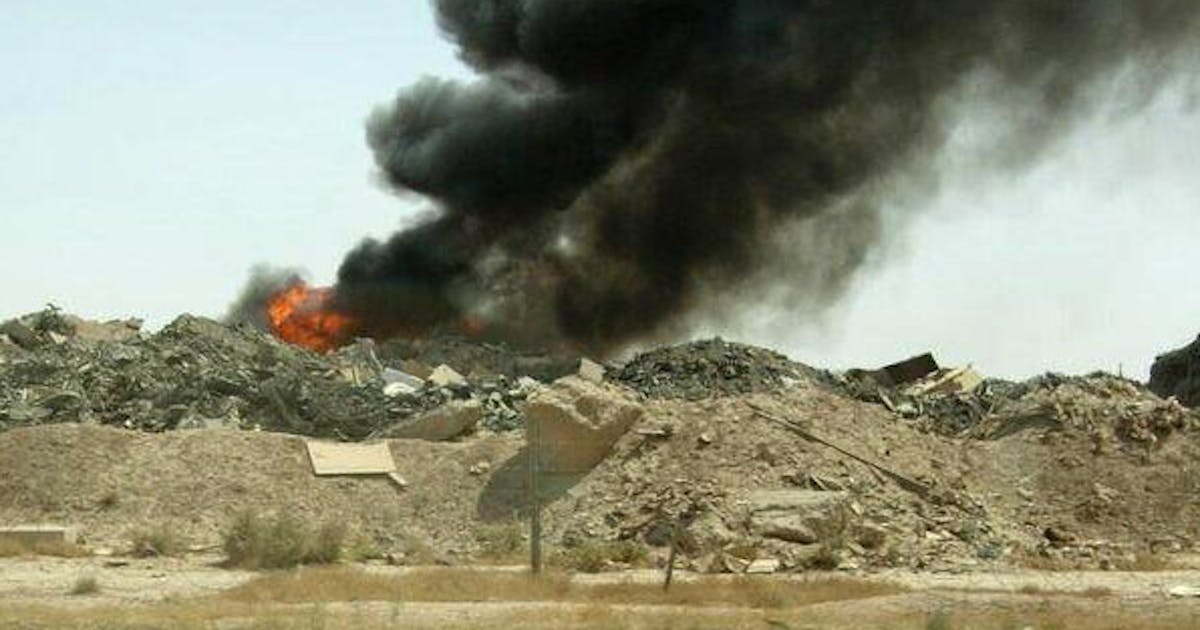
The Pentagon’s disposal practice: Burn it and bury it.
The Pentagon, through US Forces Japan, denies most of Mitchell’s claims. “The statement that the US does not clean up contaminants is simply false,” a USFJ public affairs officer wrote in a lengthy e-mail. “The GOJ [Government of Japan] has never indicated to the US in any bilateral forum that the Okinawan environment has been ‘decimated.’” The American “response to environmental spills is some of the most aggressive in the world,” the PA officer added. “The health and safety of everyone in and around US installations is one of our top priorities and we take matters of environmental stewardship very seriously.”
USFJ also denied, as it has in the past, reports to Mitchell from US veterans about the storage of Agent Orange on Okinawa. In its response to me, the command referred to reports from Dr. Alvin Young, a military consultant who has spent years trying to convince the Pentagon and Department of Veterans Affair that herbicides did not make veterans sick. (A 2016 investigation by ProPublica about him was titled “Dr. Orange: The Secret Nemesis of Sick Vets.”)
A 2013 report from Young’s “independent consulting firm,” USFJ said, verified “the memories of US veterans regarding actual events of the period,” which included “the unloading of large 55 gallon drums from a ship and the spraying of pesticides in jungle operations” in Okinawa. But the investigation “found no record that validated any allegations that Herbicide Orange was ever shipped to or through, unloaded, used or buried on Okinawa.”
Despite USFJ’s claim that environmental protection is a “top priority of US leadership,” the Pentagon has tried to undercut Mitchell’s reporting. In 2016, he discovered through a FOIA request that the USMC Criminal Investigation Division was monitoring him. Around that time, certain websites wouldn’t open from Mitchell’s computer, and he soon found out that the US Air Force was blocking his ISP from accessing its home page. It was, he said, “an apparent attempt to hobble my ability to file FOIA requests online.”
Related News
- ‘Biba Guåhan!’: How Guam’s Indigenous Activists Are Confronting Military Colonialism
- ‘This Isn’t Your Island’: Why Northern Mariana Islanders Are Facing Down the US Military
- In Okinawa, the US Military Seeks a Base Built on the Bones of the War Dead
